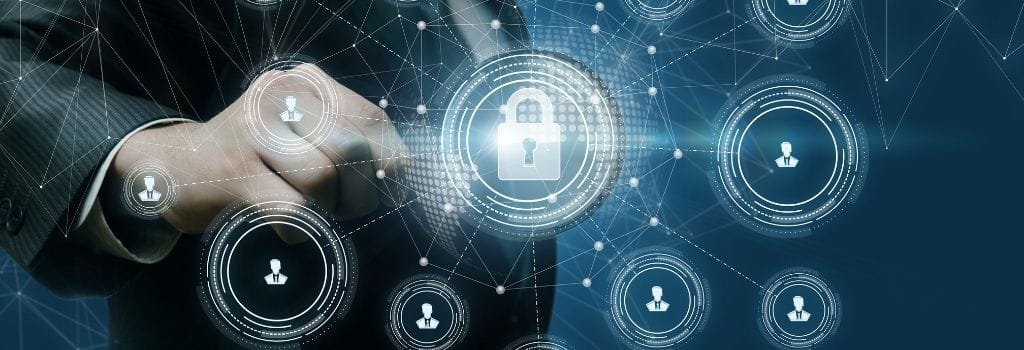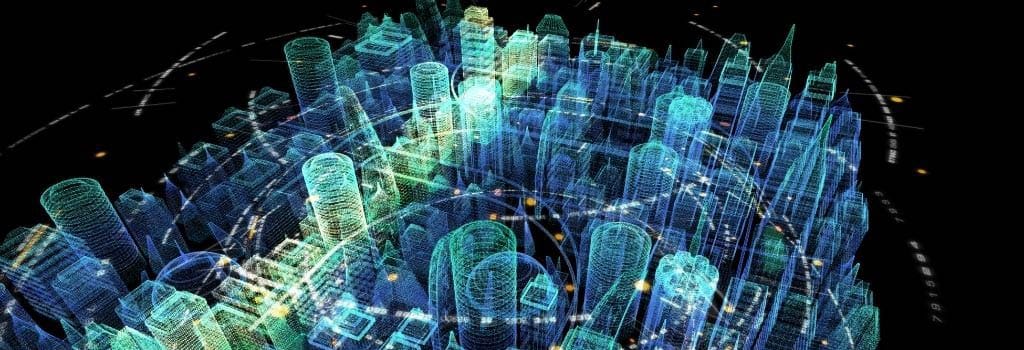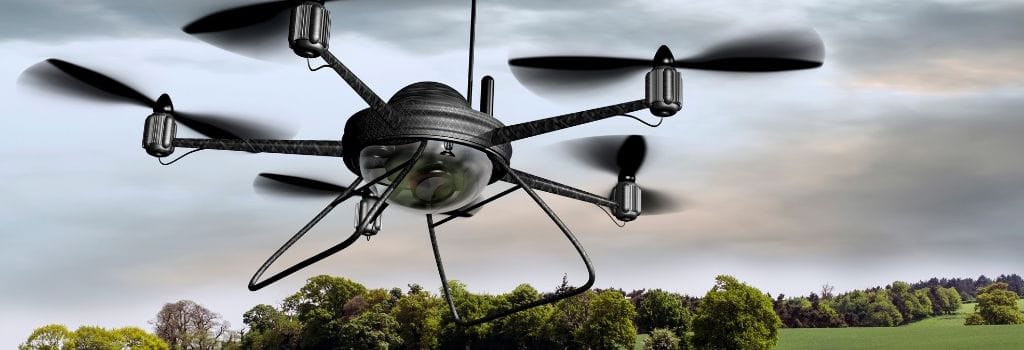- 세부
- 카테고리: Telecommunication
With the deployment of 5G networks globally, the importance of network edge, particularly in terms of performance and programmability, is ever more critical for consumers and service providers. If you are unfamiliar with the concept, network edge is simply a distributed computing paradigm that brings computation and data storage as close to the point of request as possible to deliver low latency and save bandwidth. Network edge empowers service providers with the openness, agility, and scalability they need to deliver a full range of services and applications to their customers, efficiently and economically.
더 읽기: Programmable Network Platform Empowers Scalable Firewall for the Network Edge
- 세부
- 카테고리: Industrial Automation
IoT and IIoT technology deployment using edge sensors and devices succeeded in making Smart Farming possible. Techniques and knowledge are now available to those wishing to implement industrial automation that guarantees excellent results in the agriculture business, or in this case, indoor orchids cultivation.
더 읽기: Cultivating Orchids Indoors Using Edge AI Video Analytics Solutions
- 세부
- 카테고리: Transportation
Today operators and providers are pushing full speed ahead into 5G network deployment to meet the exponential growth of mobile data usage and 5G applications. Operators and providers need to walk a fine line between upgrading their network architecture quickly and continuing to provide existing customers with uninterrupted, uncompromised services. This is also happening in parallel with the added challenge of keeping operating and upgrade expenses to a minimum. As a result, service assurance is a critical discipline for the successful upgrade of network architecture. An effective end-to-end service assurance system evaluates problems, ranks them based on their impact level, and prioritizes corrective actions. It is indispensable for operators and providers to leverage service assurance to ensure the rapid deployment of their 5G networks while maintaining or exceeding the level of services they provide to their existing customers.
더 읽기: Empowering 5G Deployment with a Robust Service Assurance Platform
- 세부
- 카테고리: Telecommunication
In 2020, voice and internet data services are a mainstay of our economy and have become commodities. As a result of this commoditization, revenues from these services are plateauing and no longer a viable area of growth for many operators. In response to this trend, operators are now turning their attention towards new high-growth segments, such IoT, eMBB, UrLLC, and Immersive reality to name a few, to fuel their expansion. For these mainstays of the new 5G economy, wireless networks will play a critical role in realizing the full potential of these next-generation disciplines. Wireless networks will be required to connect to ever-larger numbers of devices, process ever-larger volumes of data, and provide the versatility needed for fostering innovation. OpenRAN architecture is the perfect solution for the needs of operators in the 5G era. OpenRAN solutions offer flexibility and scalability through the disaggregation of hardware and software and the utilization of Commercial-Off-The-Shelf (COTS) hardware. OpenRAN platforms constitute a significant step towards the realization of the 5G era.
- 세부
- 카테고리: Telecommunication
In today’s world, our technologies and systems are only as good as the networks they rely on. When it comes to border security, the stakes are even higher. For many countries, border security systems are the first line of defense against a host of external threats, including, but not limited to, drug smugglers and human traffickers. Border security systems are often a comprehensive affair that emphasizes intelligence, surveillance, and reconnaissance to stay ahead of threats. One of the most powerful tools in the arsenal of border security authorities are drones, unmanned aerial vehicles (UAV), and surveillance cameras.
더 읽기: Robust, Industrial-Grade LTE Network Appliance Optimizes Border Security
- 세부
- 카테고리: Intelligent Systems
In order to build the largest edge cloud network in rural environments, network-as-a-service providers utilizes edge computing and wireless technology to bring the capabilities and advantages of the cloud with IoT and AI to the remote and hard-to-reach rural areas.
더 읽기: LEC-7242: Making Edge Computing Available In Remote Areas
- 세부
- 카테고리: Telecommunication
A CDN (Content Delivery Network) is a system of geographically distributed servers that aim to decentralize cloud computing and attempt to bring more resources closer to the end-user. CDN improves the geographical presence of service and delivers faster website content, from videos, images, scripts, HTML files, etc.The CDN provides an acceptable level of video streaming quality. It overcomes those Internet issues, like jitter, delay, lag, high latencies, and delivers content to the end-user.
더 읽기: Distributed MEC Servers Enable Low-latency Content Delivery Network












